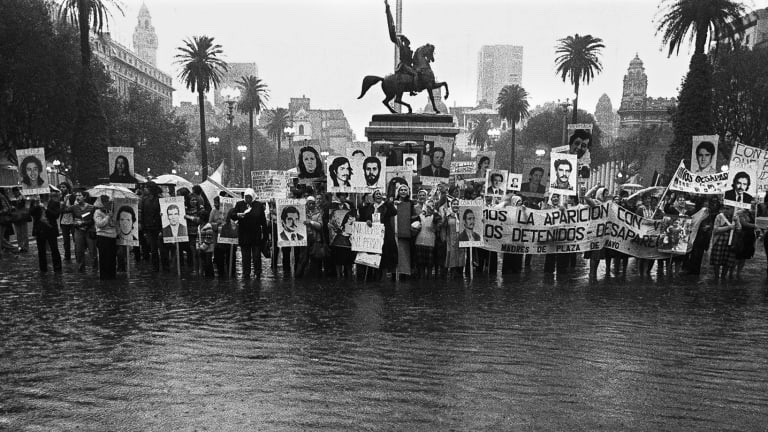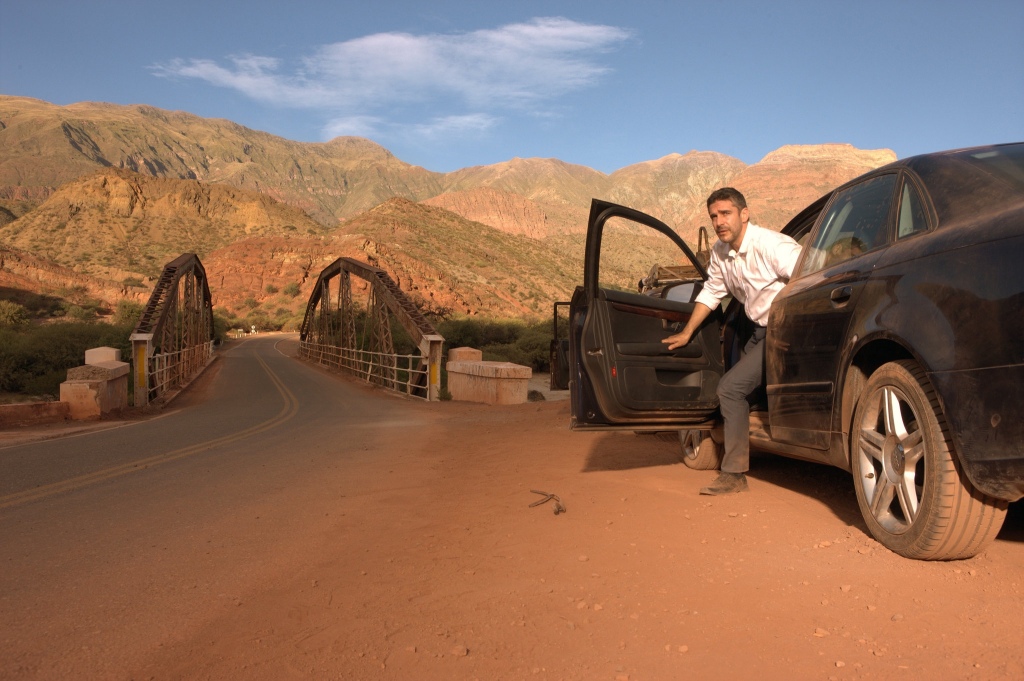Spoilers for Wild Tales.
1. Define a portmanteau film. What are other notable examples from recent years?
A portmanteau film (also known as an anthology film) is a sub genre of film which consists of several short films that are often intertwined by a thematic concept, premise or overlapping event. Arguably the most famous example of a portmanteau film is Pulp Fiction (Quentin Tarantino, 1994) which fluidly intertwines its parallel narratives into an enthralling non-linear story. An anthology film released recently is The French Dispatch (Wes Anderson, 2021) which follows three different storylines which revolve around a French newspaper company releasing its final issue.
2. Give a brief synopsis of each of the stories in the film. Which are the most effective? Why do you think these stories have been chosen?
“Pasternak”: Every passenger on a plane realises that they all have a negative connection to a man named Gabriel Pasternak, who happens to be the pilot. They soon learn that the flight was a setup and that Pasternak has locked himself in the cockpit. Pasternak then crashes the plane into his parents’ house, committing the ultimate kamikaze.
“Las ratas” (The Rats): A waitress recognises a loan shark at a restaurant as the man who is responsible for her father’s death. The older chef offers to mix rat poison into the man’s food and proceeds to do so without informing the waitress. The mobster’s teenage son arrives and begins to share the poisoned meal with his dad. After the waitress attempts to take the food away, the loan shark begins to attack her until the older chef stabs him with a chef’s knife. The tale ends with the son receiving medical treatment with an ambulance as the chef is arrested and driven away.
“El más fuerte” (The Strongest): A smartly dressed man is driving through the desert and attempts to overtake an older car that persistently blocks his path. He insults the rugged, burly driver as he overtakes him. The businessman’s tyre then gets punctured as the burly man soon catches up. He proceeds to smash the businessman’s windshield as well as defecate and urinate on it. A hectic brawl then ensues between the two men which results in both of them being blown up. The police mistakes the two for lovers who died in a crime of passion.
“Bombita” (Little Bomb): A demolition expert discovers that his car has been towed away after collecting a cake for her daughter’s birthday. Angry with the fact that the road was unlabelled, he reluctantly pays the fee. The next day, his appeal at at the DMV is rejected and he attacks the glass. He hatches a plan to deliberately get his car, now planted with explosives, towed away in order to destroy the towing office with no casualties. He is imprisoned and the engineer soon becomes a local hero, being dubbed “Bombita” and instantly beloved by the prisoners.
“La propuesta” (The Proposal): A teenage son of a wealthy family arrives home after committing a hit-and-run on a pregnant woman. The parents settle a deal with their lawyer to have their faithful groundskeeper take the blame for $500,000. The local prosecutor subsequently sees through this plan and the lawyer attempts to renegotiate. The father calls off the deal and tells his son to confess to the media. The lawyer and father finally agree on a lower price. Finally, as the groundskeeper is taken away by the police, the dead woman’s husband repeatedly strikes his head with a hammer.
“Hasta que la muerte nos separe” (Till Death Do Us Part): At a wedding, the bride soon discovers that her groom has cheated on her with one of the guests. In utter distress, she confronts him during their first dance and soon runs away to the roof. As the groom finds her on the roof, he discovers her having sex with a kitchen worker. Chaos ensues, as the bride slams the woman her husband cheated on into a mirror. A brawl emerges between the groom’s mother and the bride collapses. The couple then resolves their differences and make love by the wedding cake.
I personally believe that the most effective tale is the third tale, “El más fuerte” as it aptly builds tension and suspense through various ways and ultimately ends in an extremely satisfying manner. The six stories are inspired by the pressures of Argentinian modern-life, and four are based on real life experiences of the director, Damián Szifron.

3. The literal translation of the title is Savage Tales. How is this a more appropriate title and how well does it apply to each of the stories in the film?
The six “deadly stories of revenge” all concern members of modern society who reach breaking point and unleash their primitive instincts upon the world. The adjective “savage” has connotations of being undomesticated and feral. Therefore, “Savage Tales” can be considered to be a more appropriate title for the film.
4. Explain the title sequence — how is it an appropriate choice for the tone, message and aesthetics of the film?
The title sequence depicts a variety of ‘wild’ animals, such as an eagle, shark and tiger thriving in their natural habitats. Accompanied by a composed score by Gustavo Santaollala, the title sequence symbolically reflects the primitive nature of the characters throughout the six tales.
5. What does the viewer learn about Argentine society from watching the film? Does this accurately reflect the political and social reality?
Throughout the film, it becomes clear that the film presents an Argentine society in which individuals persistently attempt to rebel against disagreeable social constructs. This stance presented by Szifron relates to the 1974 ‘Dirty War’ of Argentina in which a military junta led by Gen Jorge Videla seized control of the country. This led to around 30,000 terrorist-related deaths.

6. Are there aesthetic differences between each of the stories? How do the aesthetics support the story being told?
An over-arching aesthetic motif that emanates throughout the film is the juxtaposition between the mundanity of the characters’ lives and the extreme violence presented in each of the six tales. The abuse of power displayed in each tale varies, ranging from the pilot of a plane full of passengers to a notoriously powerful loan shark.
7. Are there any notable similarities or differences in the representations of men and women, rich and poor?
In tales such as “El más fuerte” the differentiation between the rich and poor is made explicitly clear through the use of mise-en-scène. The wealthier man drives an expensive new car and wears an elegant suit and sunglasses, subtly informing the viewer of his social class. Conversely, the poorer man drives a well-used car and wears cheaper clothes, including a basic shirt and cargo trousers to indicate his lower place in society.


The social divide between men and women are also presented in a similar way. Throughout the film, men hold highly prestigious jobs such as pilots, lawyers and engineers. On the contrary, women hold more domestic positions, such as cooks and waitresses.